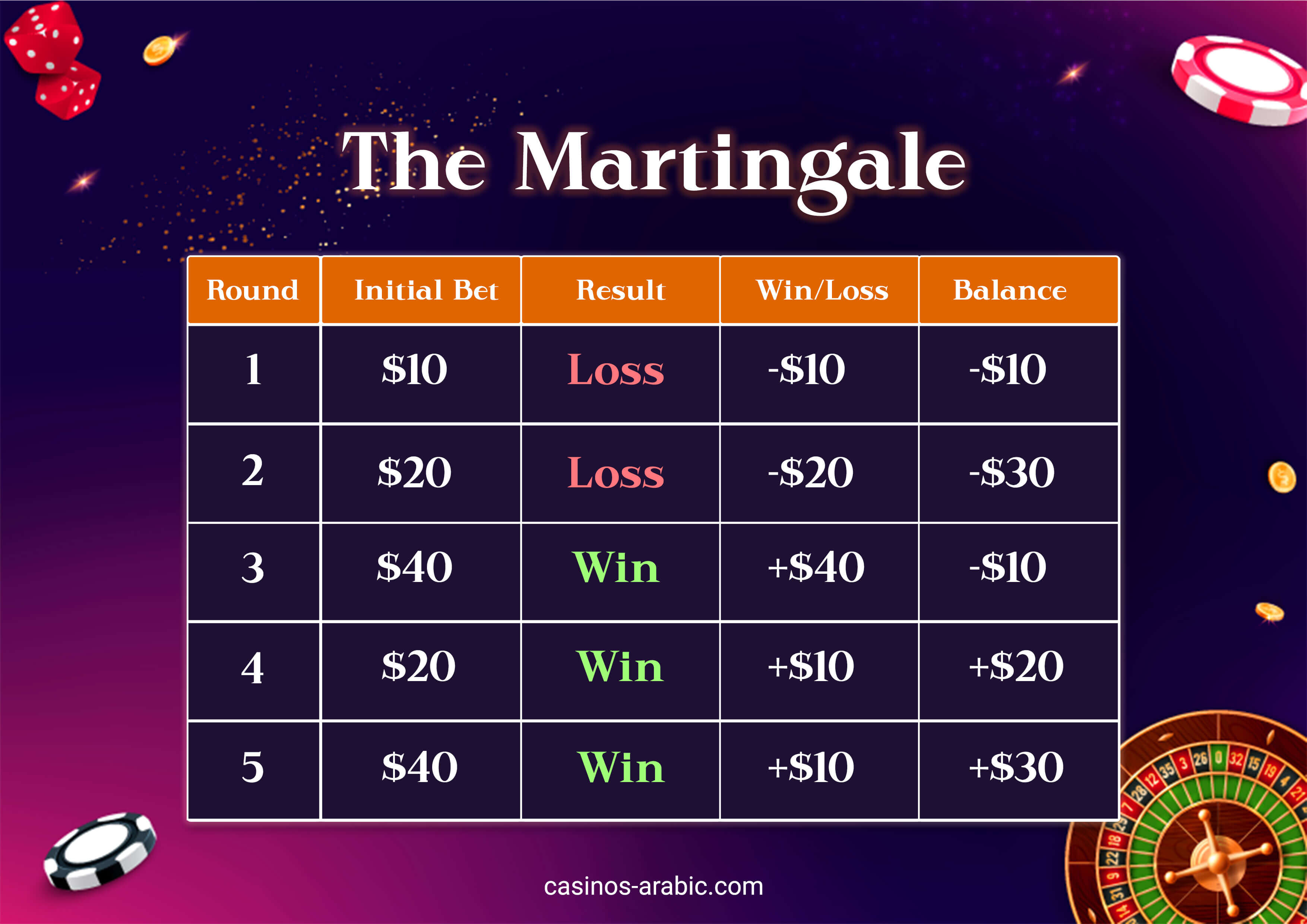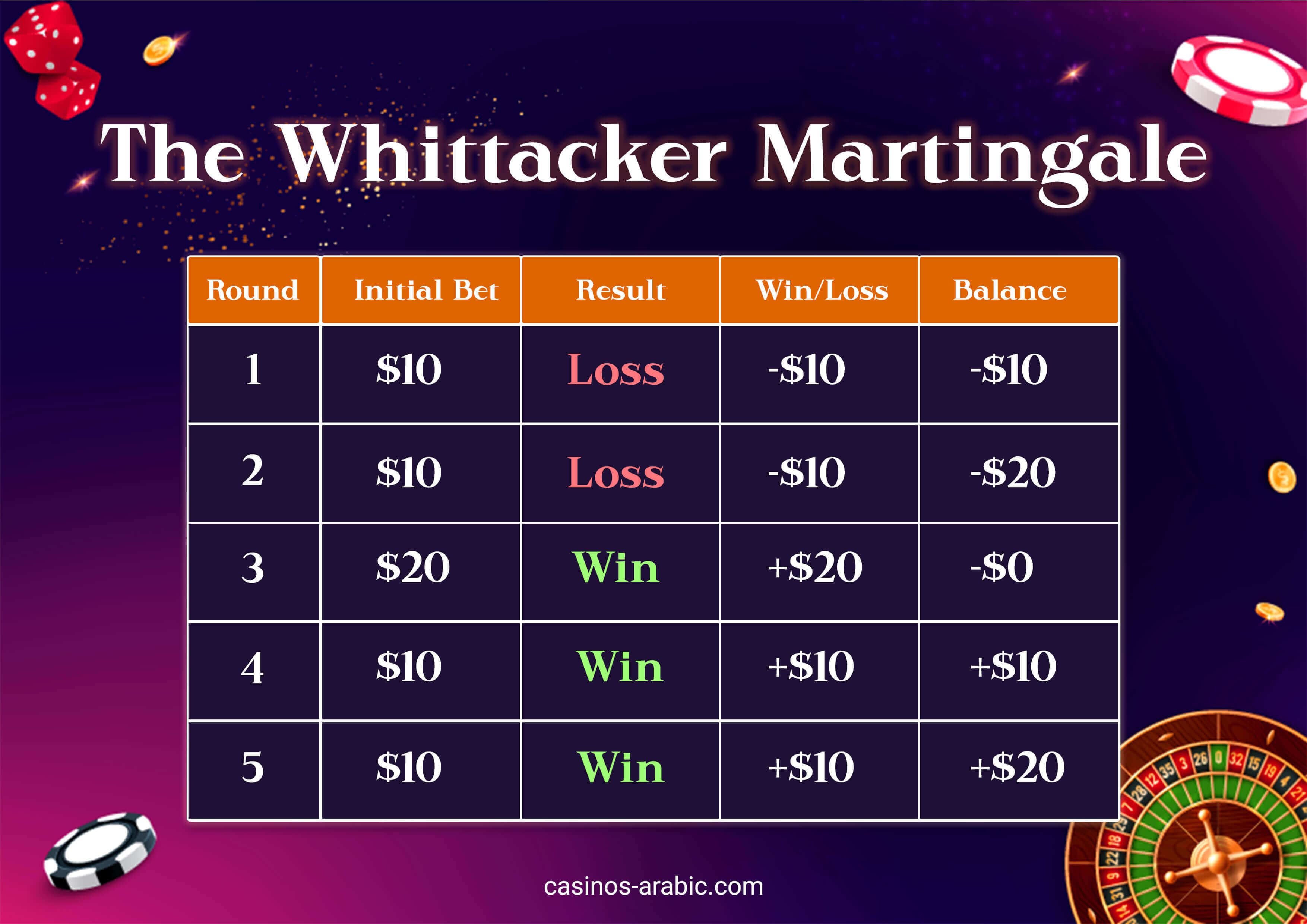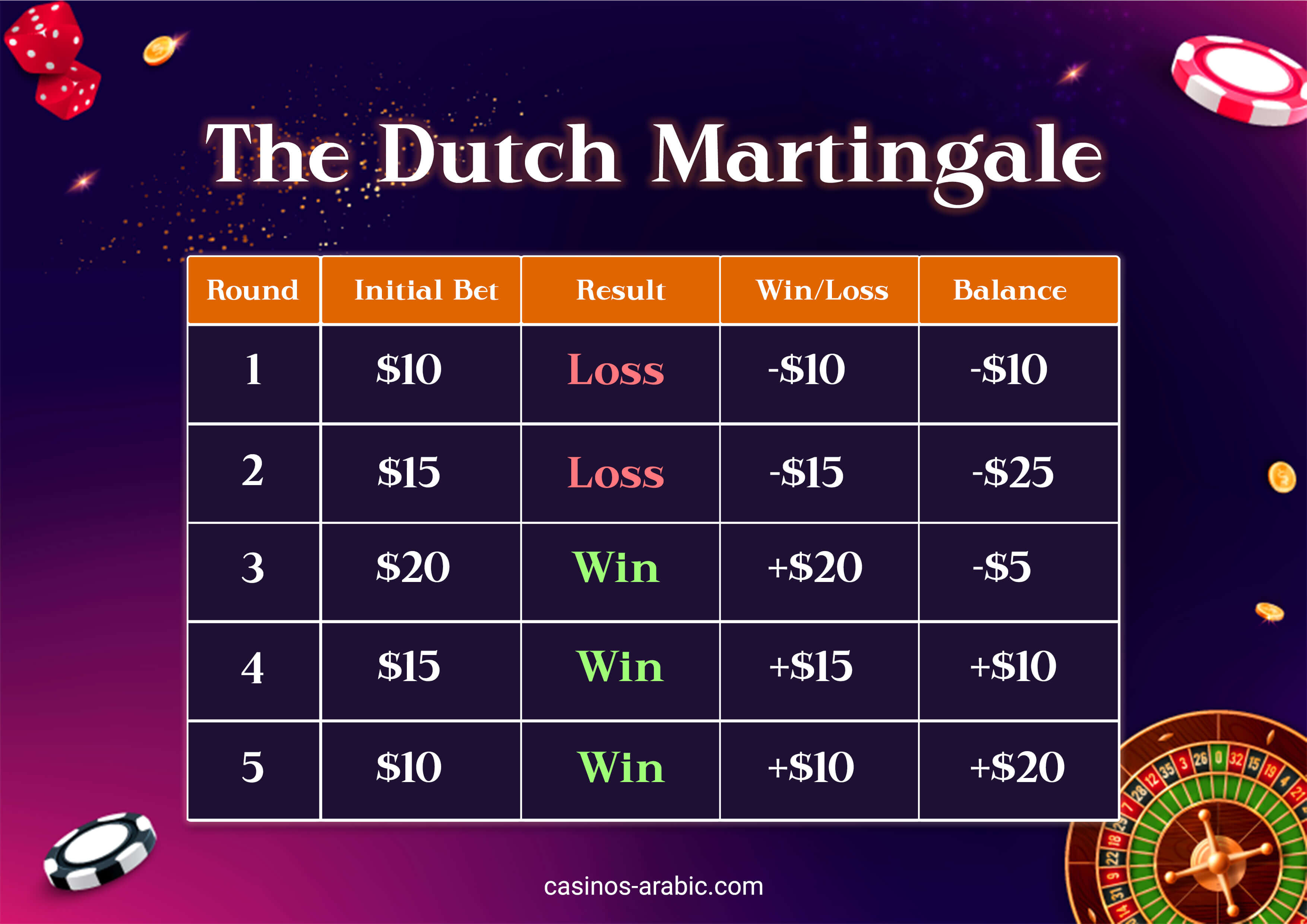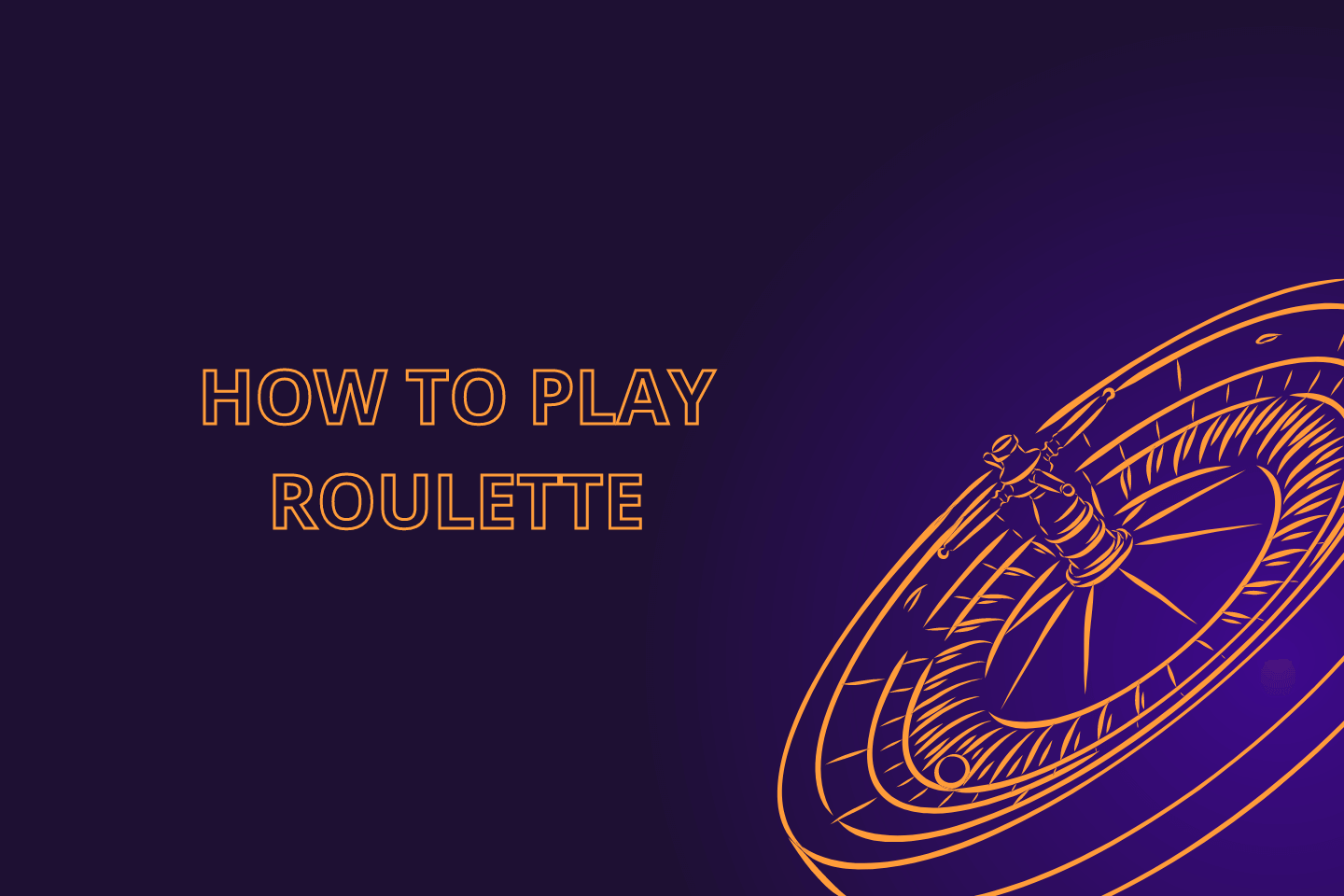- The basics of Roulette
- How to play Roulette : The 7 best techniques
- The Paroli System : the Anti Martingale
- The Martingale : The most common Roulette strategy
- The Belgian Martingale : The most balanced technique
- The d’Alembert method : the safest Roulette technique
- The Whittacker Martingale : The most conservative Roulette method
- The Dutch Martingale : For patient players
- The Labouchère system: The structured progression Roulette method
- The risky Roulette techniques to avoid
Roulette is one of the most iconic casino games, has captivated players for centuries with its blend of chance, strategy, and suspense. The spinning wheel, the bouncing ball, and the anticipation of where it will land create an atmosphere unlike any other. Whether you're a seasoned player or new to the game, understanding how online roulette works is essential to play.
The basics of Roulette
Roulette is a game of chance played on a wheel divided into numbered pockets. The wheel is spun by a croupier (dealer), and a small ball is released onto the spinning wheel. The ball eventually lands in one of the pockets, determining the winning number.
Although roulette is primarily a game of chance, there are certain roulette numbers that can yield higher winnings according to some . According to these beliefs, specific numbers or combinations are thought to be more likely to appear, leading players to place their bets accordingly. However, it’s important to remember that each spin of the roulette wheel is independent of the last, and every number has an equal probability of being hit with each spin.
The roulette wheel
The roulette wheel is divided into pockets numbered from 1 to 36, along with a zero (0) in European and French roulette, and both a zero (0) and double zero (00) in American roulette. The numbers are alternately colored red and black, while the zeros are green. The arrangement of the numbers on the wheel is not sequential but follows a specific pattern designed to balance the odds.
- European Roulette: 37 pockets (1-36, 0)
- American Roulette: 38 pockets (1-36, 0, 00)
The roulette table
The roulette table features a betting layout where players place their wagers. The layout includes all the numbers on the wheel, arranged in three columns and twelve rows. There are also additional betting options for outside bets, such as red/black, odd/even, and high/low (1-18, 19-36).
Types of bets
Roulette offers a variety of betting options, each with its own odds and payouts. Understanding these bets is crucial to formulating a strategy.
Inside bets
- Straight Up: A bet on a single number. Pays 35:1.
- Split: A bet on two adjacent numbers. Pays 17:1.
- Street: A bet on three numbers in a horizontal line. Pays 11:1.
- Corner: A bet on four numbers that form a square. Pays 8:1.
- Six Line: A bet on six numbers in two adjacent rows. Pays 5:1.
Outside bets
- Red/Black: A bet on the color of the winning number. Pays 1:1.
- Odd/Even: A bet on whether the winning number will be odd or even. Pays 1:1.
- High/Low: A bet on whether the winning number will be low (1-18) or high (19-36). Pays 1:1.
- Dozens: A bet on one of the three groups of twelve numbers. Pays 2:1.
- Columns: A bet on one of the three vertical columns of numbers. Pays 2:1.
The house edge
The house edge in roulette represents the casino's advantage over players. It's the reason why, in the long run, the house always has a slight edge.
- European Roulette: The house edge is 2.7%, primarily due to the single zero (0).
- American Roulette: The house edge is higher at 5.26%, due to the presence of both a zero (0) and double zero (00).
How to play Roulette : The 7 best techniques
- The d’Alembert method, the safest roulette technique
- The Martingale, the most well-known roulette strategy
- The Paroli system, the anti-Martingale
- The Whittacker Martingale, the most balanced roulette method
- The Dutch Martingale, for patient players
- The Labouchère system, the structured progression roulette method
- The Belgian Martingale, the most conservative of the roulette strategies
The Paroli System : the Anti Martingale

The Paroli system, also known as the “anti-Martingale,” is a roulette strategy that involves increasing your bet after each win, contrary to the Martingale which increases bets after each loss.
The principle is simple: you start with a base bet, and you double it every time you win. If you lose, you return to your initial bet.
Here is a concrete example to illustrate this technique:
The Paroli method is considered less risky than the classic Martingale because it limits losses in the event of a prolonged losing streak. It is even used in the finance industry.
Additionally, it allows you to fully take advantage of winning streaks. It’s an interesting strategy for cautious players who want to maximize their profits without taking on too much risk.
Of course, like all roulette strategies, it does not guarantee long-term success.
The Martingale : The most common Roulette strategy

The Martingale is undoubtedly the most famous roulette technique. Its principle is extremely simple: after each loss, you double your previous bet, until you achieve a win that will cover all the accumulated losses.
To illustrate this method, nothing beats a concrete example:
As you can see, the Martingale theoretically allows you to recover all your losses with a single winning bet. This is what makes it appealing, but also its main drawback.
This strategy is officially banned in land-based casinos, simply because the gaming tables have maximum betting limits. If you reach this limit after a losing streak, you will no longer be able to double your bet to recover.
Additionally, the Martingale can require a substantial bankroll. Imagine losing 7 rounds in a row starting with an initial bet of $10. Your 8th bet would then need to be $1,280 to try to recover! Needless to say, few players have such a budget.
In summary, while the Martingale may seem appealing on paper, its practical application often proves to be risky. The risk of not being able to recover in the event of a long losing streak is very real and can be extremely costly for the unwary player.
The Belgian Martingale : The most balanced technique

The Belgian Martingale is a clever roulette strategy that combines the arithmetic progression of the classic Martingale with the profit management of the Paroli system. The goal is to optimize potential gains while limiting losses in case of bad luck.
The principle is simple:
- Bet one base unit on a simple chance (red/black, even/odd, 1-18/19-36).
- If you lose, increase your bet according to an arithmetic progression (for example, +$5 each time).
- As soon as you win, switch to Paroli mode: then bet all your previous winnings, hoping to achieve two consecutive victories.
- If you succeed in winning twice in a row in Paroli mode, return to your initial base bet.
The goal is to achieve two consecutive wins using the Paroli system, while limiting damage in case of a losing streak thanks to the measured progression of the Martingale.
As this example shows, the Belgian Martingale allows you to recover quickly after a losing streak, without exposing yourself to excessive risks. It’s a balanced strategy that will appeal to players looking to combine excitement with reasonable bankroll management.
The d’Alembert method : the safest Roulette technique

The d’Alembert method is a roulette strategy distinguished by its measured bet management. Developed by the French mathematician Jean Le Rond d’Alembert, this technique is based on a simple arithmetic progression: you increase your bet by one unit after each loss, and decrease it by one unit after each win.
To illustrate this principle, nothing beats a concrete example:
As this table shows, the progression of bets is very gradual with the d’Alembert method. The amounts wagered increase or decrease by only one unit at a time, allowing you to maintain constant control over your budget.
This cautious bet management is what gives the d’Alembert method its reputation as the safest roulette strategy. By following this technique, the risk of depleting your bankroll after a few unlucky spins is greatly reduced.
Of course, this safety comes with a trade-off: the potential winnings are less spectacular than with more aggressive strategies. But for many players, this is a reasonable price to pay for a more secure gaming experience.
The Whittacker Martingale : The most conservative Roulette method

The Whittacker Martingale is a roulette strategy known for its cautious bet management. A variant of the famous Martingale, this technique involves doubling your bet only after two consecutive losses, rather than after each loss as in the classic version.
It is also recommended to stop playing after four consecutive losses to limit potential losses.
Here’s an example to better understand the principle:
As this table shows, the bet progression is much slower with the Whittacker Martingale than with the traditional Martingale. The amounts wagered only increase by one notch after every two losses, allowing for tight control over your budget.
This very measured bet management is what gives the Whittacker Martingale its reputation as the most conservative roulette method. By avoiding the rapid escalation of wager amounts, it allows players to minimize losses in the event of a losing streak.
Naturally, this caution comes with a trade-off: potential winnings are lower than with more aggressive strategies. But for players who prioritize managing their budget, it’s an acceptable compromise.
The Dutch Martingale : For patient players

The Dutch Martingale is a roulette strategy characterized by its slow and steady progression of bets. Unlike other methods that aim to recover losses in one go, this technique relies on patience and consistency to accumulate gains over the long term.
Here’s a concrete example to illustrate how it works:
As this table shows, the Dutch Martingale relies on a gradual increase in bets after each loss, and a progressive return to the base bet after each win. Bet variations remain measured, which helps to limit the risk of significant losses.
This slow and steady progression makes the Dutch Martingale a method particularly suited for patient players who can endure a series of losses without succumbing to the temptation to suddenly escalate their bets.
Of course, this patience comes with a downside: the winnings achieved with the Dutch Martingale are generally modest and take time to materialize. It’s the trade-off of a strategy that prioritizes risk management.
The Labouchère system: The structured progression Roulette method

The Labouchère system, also known as the cancellation system, is a roulette strategy that follows a structured progression of bets. The principle is to set a profit goal and distribute that amount into a sequence of numbers. Each bet corresponds to the sum of the two numbers at the ends of this sequence.
Here’s how the Labouchère system works with an initial sequence of 1, 2, 3, 4, 5, where the total goal is $15:
The idea is to cross off the numbers used in the event of a win and add them in the event of a loss. If the initial bet of $6 (1+5) is lost, 6 is added to the end of the sequence. If the next round is a win, the ends (1 and 6) are crossed off, and so on.
The Labouchère system is methodical and requires a certain level of discipline to not get carried away by emotions. It allows for a gradual recovery of losses while maintaining strict control over the bets.
The risky Roulette techniques to avoid
In our search for the best roulette strategies, we also studied several techniques that we ultimately chose to discard. Here’s an overview of these methods and the reasons that led us not to include them.
The Fibonacci Roulette strategy
The Fibonacci strategy is based on the famous mathematical sequence of the same name, where each number is the sum of the two preceding ones: 1, 1, 2, 3, 5, 8, 13, 21, 34, 55, 89, 144, etc. Each number represents the bet amount. The strategy involves increasing bets according to this sequence in case of a loss and moving back two steps in the sequence after each win.
Although mathematically appealing, this method proves to be complex to implement in practice, especially for players unfamiliar with the Fibonacci sequence. But more importantly, it exposes players to potentially severe losses in the event of a long losing streak.
The bet progression according to the Fibonacci sequence quickly becomes dizzying: after just 10 consecutive losses, the 11th bet should amount to 89 units! A risk we deemed unreasonable given the expected gains.
The Andrucci system
The Andrucci system is based on the premise that some numbers come up more often than others over a short period. It, therefore, recommends noting the winning numbers over 30 to 35 spins and then betting on those that have come up most frequently.
Unfortunately, this reasoning doesn’t hold up to mathematical analysis. On a perfectly balanced roulette wheel, each number has exactly the same probability of coming up on each spin, regardless of past results.
Betting according to the “hot” numbers from previous spins is, therefore, akin to denying the random and independent nature of each spin. An erroneous assumption that led us to exclude the Andrucci system from our ranking.
The Parlay method
The Parlay method involves betting all the winnings from the previous round as long as luck is on your side. If you lose, you start again with the base bet.
While this technique theoretically allows for quickly accumulating substantial gains, we found it far too risky. In the event of a loss, all previous winnings are wiped out, which can be psychologically challenging to handle.
For example, imagine a series of 5 consecutive wins, where the initial bet is doubled each time. A nice pot of 31 units... which would be entirely lost on the 6th round if luck turned! A risk we cannot recommend.
The 1-3-2-6 technique
As its name suggests, the 1-3-2-6 technique involves betting successively 1, 3, 2, and 6 units as long as you keep winning. If you lose, the progression stops, and you start again with 1.
On paper, this method may seem promising. However, in practice, it is very risky. Losses occurring on the 3 and 6 unit bets are far more damaging than the gains made on the 1 and 2 unit bets.
Thus, even with a balanced distribution between losses and wins, the overall result is likely to be negative. This observation led us to exclude the 1-3-2-6 technique from our selection.
Oscar’s grind system
The Oscar’s Grind system is based on an arithmetic progression of bets. You increase the bet by one unit after each win until you reach a target profit. In case of a loss, you maintain the same bet. Once the target profit is reached, you start again with the base bet.
While this method may seem less risky than others, its main weakness lies in its slowness. Reaching a target profit of 10 units can take several dozen spins, especially if the wins are not consecutive.
Over the long term, the time and energy invested in implementing the Oscar’s Grind system seemed disproportionate to the expected gains. That’s why we didn’t include it in our ranking.

Sherif Saeed - Copywriter
Last modified on : September 23, 2024
سعيد هو كاتب مقالات مدونتنا. وبفضل خبرته في الكتابة ومعرفته العميقة بعالم الكازينو، فإننا نثق به لتقديم أفضل الأدلة والمعلومات المفيدة عن ألعاب الكازينو وآخر أخبار الصناعة والحيل والاستراتيجيات.


